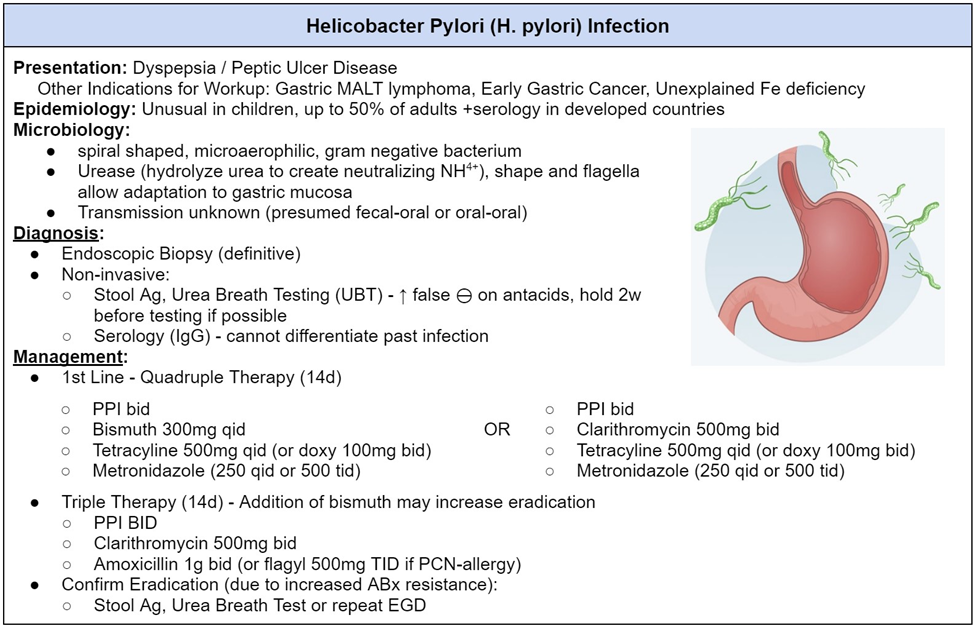The client drinks one container of milk (1 cup), one container of juice (4 oz.), and a 6 oz. bowl of juice. Record the client's intake in mL.
The Correct Answer is ["540"]
The client consumes three different types of fluids during the day: milk, juice, and soup. The amount of each fluid is measured in different units: cups, ounces, and bowls. To record the client's intake in milliliters (mL), we need to convert these units using the following conversion factors:
- 1 cup = 240 mL
- 1 ounce = 30 mL
- 1 bowl = 150 mL
Using these conversion factors, we can calculate the client's intake in mL as follows:
- Milk: 1 cup x 240 mL/cup = 240 mL
- Juice: 4 oz. x 30 mL/oz. = 120 mL
- Soup: 6 oz. x 30 mL/oz. = 180 mL
The total intake in mL is the sum of these three values:
- Total intake = 240 mL + 120 mL + 180 mL = 540 mL
Therefore, the client's intake in mL is 540 mL.
Nursing Test Bank
Naxlex Comprehensive Predictor Exams
Related Questions
Correct Answer is C
Explanation
A. Blood cultures will need to be drawn.
Blood cultures are not typically used for diagnosing H. pylori infection. Instead, specific blood tests, such as serology or antibody tests, may be employed to detect antibodies against H. pylori.
B. A biopsy of the stomach will be done.
While a biopsy may be taken during an upper endoscopy to examine the stomach lining for ulcers and H. pylori infection, it is not the primary method for detecting the presence of H. pylori. The biopsy may be used for confirming the infection and assessing the severity of damage.
C. A breath test will be performed.
This is the correct choice. The breath test is a common and non-invasive method used to detect the presence of H. pylori. The patient drinks a solution containing a substance that H. pylori can break down, and the detection of carbon dioxide in the patient's breath indicates the presence of the bacteria.
D. Computerized scanning will identify if H. pylori is present.
Computerized scanning, such as computed tomography (CT) scans, is not a primary method for detecting H. pylori. Imaging studies are not typically used for H. pylori diagnosis, and the methods mentioned earlier, like breath tests and endoscopy, are more commonly employed.

Correct Answer is A
Explanation
A. Aspirin and warfarin
The combination of aspirin and warfarin poses a potential risk of increased bleeding and bruising. Both aspirin and warfarin are anticoagulants, and when used together, they can potentiate each other's effects, leading to a higher risk of bleeding events, including easy bruising.
B. Sulfasalazine and acetaminophen
Sulfasalazine is often used in the treatment of arthritis and inflammatory bowel disease, while acetaminophen is a commonly used pain reliever. There is no significant interaction between these two medications leading to increased bleeding or bruising.
C. Tolmetin and propranolol
Tolmetin is a nonsteroidal anti-inflammatory drug (NSAID) used for pain relief, and propranolol is a beta-blocker used for conditions such as hypertension. While both medications have their own potential side effects, there is no specific interaction between them that significantly increases the risk of bleeding or bruising.
D. Meloxicam and amlodipine
Meloxicam is an NSAID, and amlodipine is a calcium channel blocker used for hypertension. Similar to option C, there is no known significant interaction between these two medications that would lead to increased bleeding or bruising.
Whether you are a student looking to ace your exams or a practicing nurse seeking to enhance your expertise , our nursing education contents will empower you with the confidence and competence to make a difference in the lives of patients and become a respected leader in the healthcare field.
Visit Naxlex, invest in your future and unlock endless possibilities with our unparalleled nursing education contents today
Report Wrong Answer on the Current Question
Do you disagree with the answer? If yes, what is your expected answer? Explain.
Kindly be descriptive with the issue you are facing.
